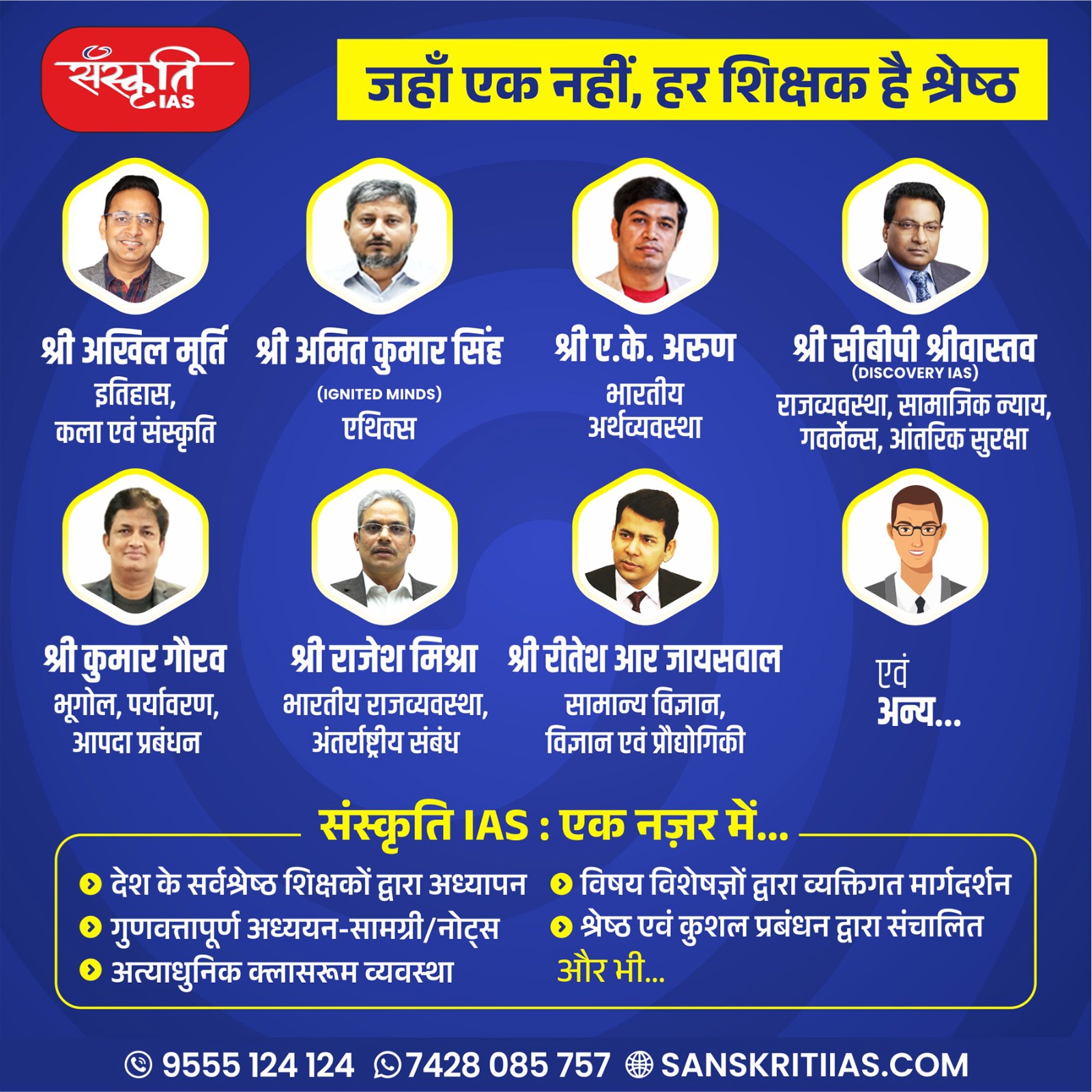The Constitution of India is the supreme law of India, laying down the framework that defines the political principles, establishes the structure, procedures, powers, and duties of government institutions, and sets out fundamental rights, directive principles, and the duties of citizens. It is the longest written constitution of any country in the world, consisting of a preamble, 25 parts with 470 articles, 12 schedules, 5 appendices, and 105 amendments as of April 2023.
Key Features of the Indian Constitution
1. Preamble: The preamble outlines the objectives of the Constitution, including Justice, Liberty, Equality, and Fraternity. It declares India to be a Sovereign, Socialist, Secular, and Democratic Republic.
2. Federal Structure: India is a federal state with a unitary spirit. Powers are distributed between the central government and the states, but the central government has more power in certain areas.
3. Parliamentary System: The Constitution establishes a parliamentary system of government that is largely based on the British model but adapted to Indian conditions. It consists of two houses at the national level: the Lok Sabha (House of the People) and the Rajya Sabha (Council of States).
4. Separation of Powers:There is a clear demarcation of responsibilities among the three branches of government: the Legislature (to make laws), the Executive (to enforce laws), and the Judiciary (to interpret laws).
5. Fundamental Rights:Part III of the Constitution guarantees six fundamental rights to all citizens, including the right to equality, freedom of speech and expression, the right against exploitation, the right to freedom of religion, cultural and educational rights, and the right to constitutional remedies.
6. Directive Principles of State Policy: Part IV outlines the directive principles, which are non-justiciable guidelines for the state to apply in framing laws and policies. They aim at establishing a welfare state.
7. Secular State:The Constitution establishes India as a secular nation, ensuring that all religions are respected equally by the state.
8. Independent Judiciary:The judiciary is independent of the other two branches, with the power to interpret the Constitution and strike down laws passed by the legislature if they are found to be unconstitutional.
9. Scheduled and Tribal Areas:Special provisions are made for the administration and control of Scheduled Areas and Scheduled Tribes in various parts of the country.
10. Amendment Procedure: The Constitution can be amended to address changing conditions, a process detailed in Article 368. Amendments require different levels of approval, depending on the nature of the amendment.
Since its adoption on January 26, 1950, the Constitution of India has been a living document, evolving through amendments to meet the needs of a changing society. It has successfully established a framework for democratic governance and safeguarded the rights and freedoms of its citizens, making it a cornerstone of the world’s largest democracy.
Replacing the Constitution
Replacing the Constitution of India to abolish elections and declare someone as Prime Minister forever would fundamentally undermine the democratic foundation upon which the country is built. Such a scenario is highly improbable due to several reasons:
Constitutional Safeguards: The Constitution of India has built-in safeguards to protect its core structure, including the democratic process and the principle of regular, free, and fair elections. Any attempt to abolish elections and declare a perpetual prime ministership would require a constitutional amendment that goes against the basic structure doctrine. The Supreme Court of India has ruled that the basic structure of the Constitution cannot be altered by any amendment.
Amendment Process: Amending the Constitution, especially in a manner that would alter its democratic essence, is an elaborate process that requires the approval of two-thirds of the members present and voting in each house of Parliament (the Lok Sabha and the Rajya Sabha), followed by ratification by at least half of the state legislatures. Given the radical nature of abolishing elections, achieving such consensus would be highly unlikely.
Judicial Review: The judiciary in India has the power of judicial review and can strike down any amendment passed by the Parliament if it deems that the amendment violates the basic structure of the Constitution. Abolishing elections and declaring an eternal prime ministership would certainly be seen as violating the democratic ethos of the Constitution.
Public Opposition: Such a drastic change would likely face massive public opposition. Democracy in India is deeply rooted in its political culture, with a strong commitment to electoral politics and the rule of law. The public and various political entities would almost certainly resist any move to dismantle the democratic framework.
International Reaction: The international community would view the abolition of elections and the establishment of a perpetual prime ministership with severe concern and disapproval, leading to diplomatic isolation and possible sanctions. This could have significant negative repercussions for India’s global standing and relations.
In summary, the structure of the Indian political system, the checks and balances in place, and the democratic ethos of the Indian Constitution and its people make the scenario of abolishing elections and declaring a permanent prime minister not only legally impossible but also politically and socially implausible.























